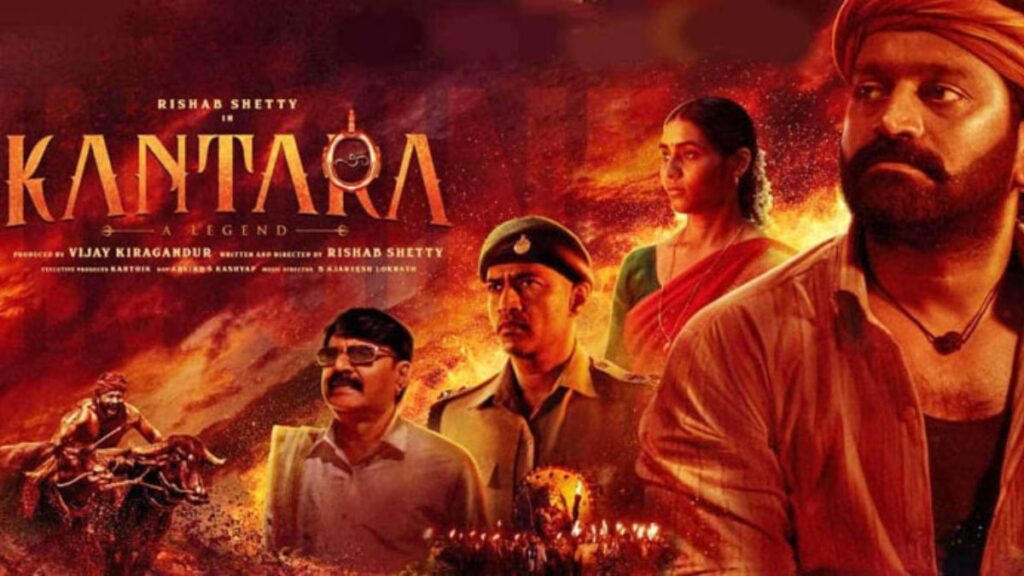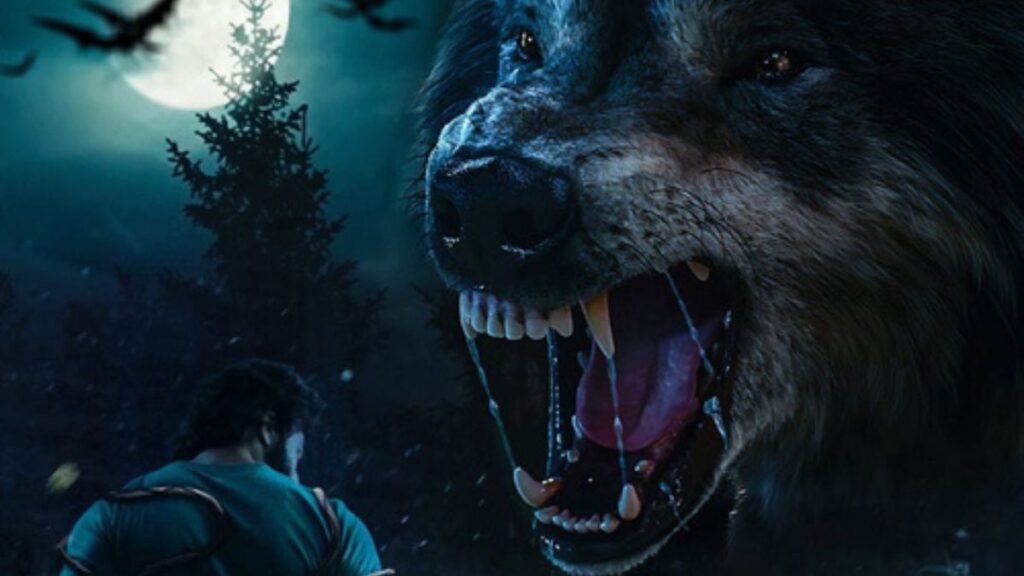A Look at Rishab Shetty’s ‘Kantara’ and Varun Dhawan’s ‘Bhediya”s Man vs. Nature Conflict
Across genres, cultures, and time periods, filmmakers have always been drawn to stories about man’s struggle against nature.
A number of films have been made on the subject since the 1960s, including the Indian film Shikari (1963), which was influenced by the Hollywood cult classics King Kong (1933) and Dr. Cyclops (1963). (1956). (1940).
Haathi Mere Saathi (1971), Banphool (1971), Kala Parvat (1972), and Maa are other films with a similar theme (1976).
Recently, films such as Kaal (2005), Junglee (2019), Haathi Mere Saathi (2021), and Sherni have debuted (2021).
In the last year, both the Kannada and Hindi film industries have produced excellent films that brilliantly depict man’s struggle against the natural world. Nonetheless, one film outperforms the other.
Rishab Shetty (Kantara) and Varun Dhawan (Bhediya) are both directors, but Shetty is more well-known for his work on the former.
Bhediya is the story of an engineer who wants to build a road in the middle of a jungle despite the fact that doing so will have a devastating impact on local wildlife and, in the long run, will have a significant negative impact on the environment.
When this happens, “Bhediya” steps in to protect the jungle and its inhabitants from those who would destroy it, and she slaughters them mercilessly.
A forest officer battles a tribal community in Kantara to prevent them from illegally felling trees. Furthermore, he must create a forest reserve on the property to protect it from further development.
Although both films have good intentions and emphasise the importance of environmental protection, Kantara captures the tension between the two sides better than Bhediya or any other recent film on the subject.

Even though most humans are portrayed negatively in films about the conflict between man and nature, these stories usually include at least one morally upright “hero.”
Varun, the protagonist of Bhediya, is similarly obsessed with his road construction project at the start of the film before undergoing a metamorphosis that allows him to save the day and earn the nickname “The Bhediya.”
Our “Hero” in Kantara opposes the forest officer’s plan to establish a forest reserve on the property in question, but he does so to protect his hometown and the people who live there.
When it comes to conflicts with the natural world, Kantara does not hold a monolithic view of humanity. The tribe’s ability to make a living in this area is directly related to the forest; however, if the forest is designated as a reserve, the tribe will lose access to it.
Rishab Shetty, the film’s director, takes a nuanced, even-handed approach to the inherent tensions between humanity and the natural world, and the film’s final act explores the possibility of peaceful coexistence between the two. It’s not always as simple as it appears at first glance.

Since this is the case, by the end of Kantara, the forest officer has come around to the villagers’ point of view and sees the conflict from their point of view. The villagers are given a portion of the land and are permitted to continue using the forest for their needs, while the remainder of the land is designated as a conservation area.
Despite his best efforts, Bhediya was unable to capture the conflict between humanity and the natural world as well as Kantara.
Connect With Debonair Magazine On Social Media [ Facebook | Instagram | Twitter | LinkedIn ] To Get Real-Time Updates On The Market. Also Registrations Are Open For Ms. & Mrs. Debonair, Register Now And Be The Rising Queen.


